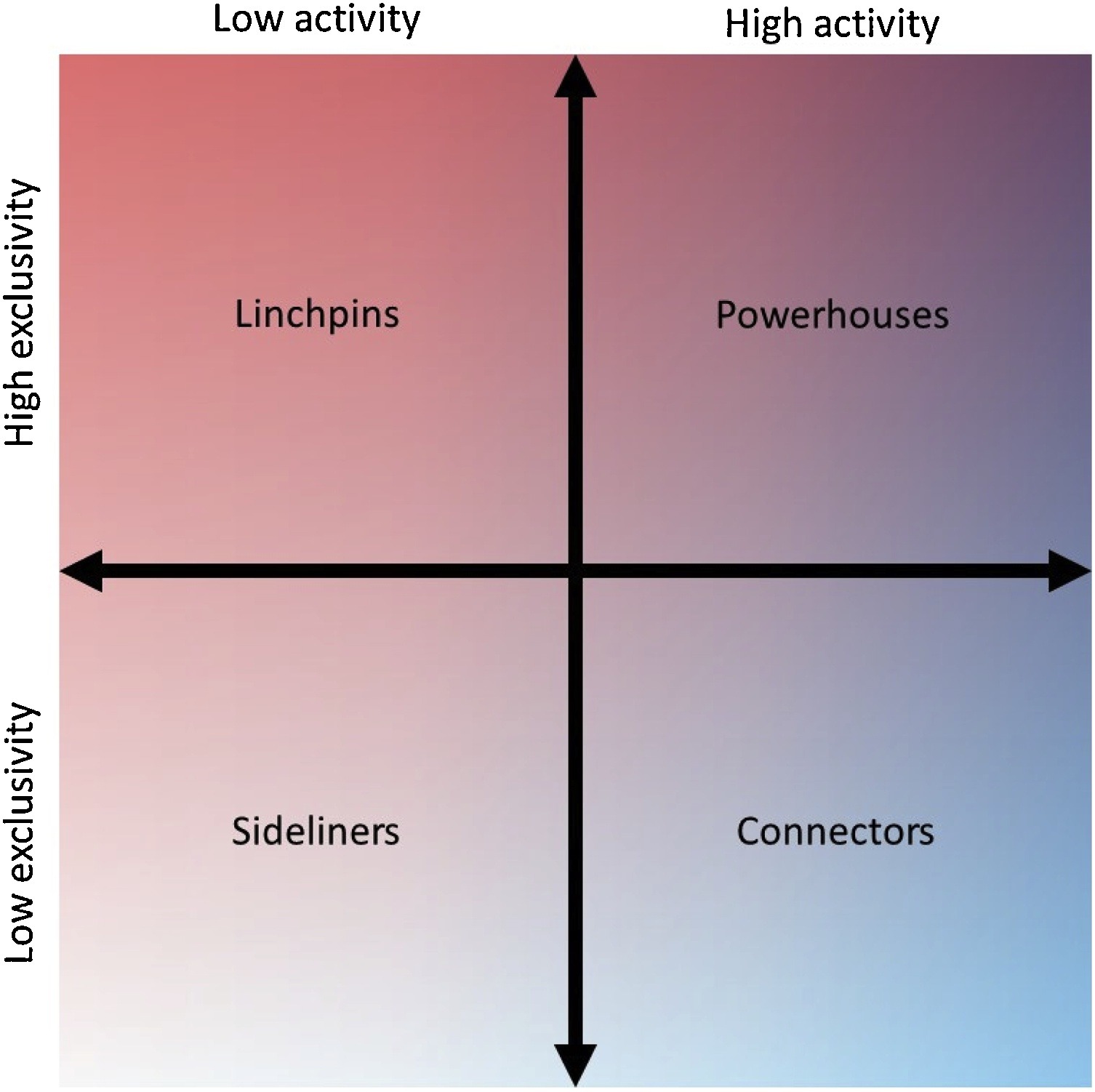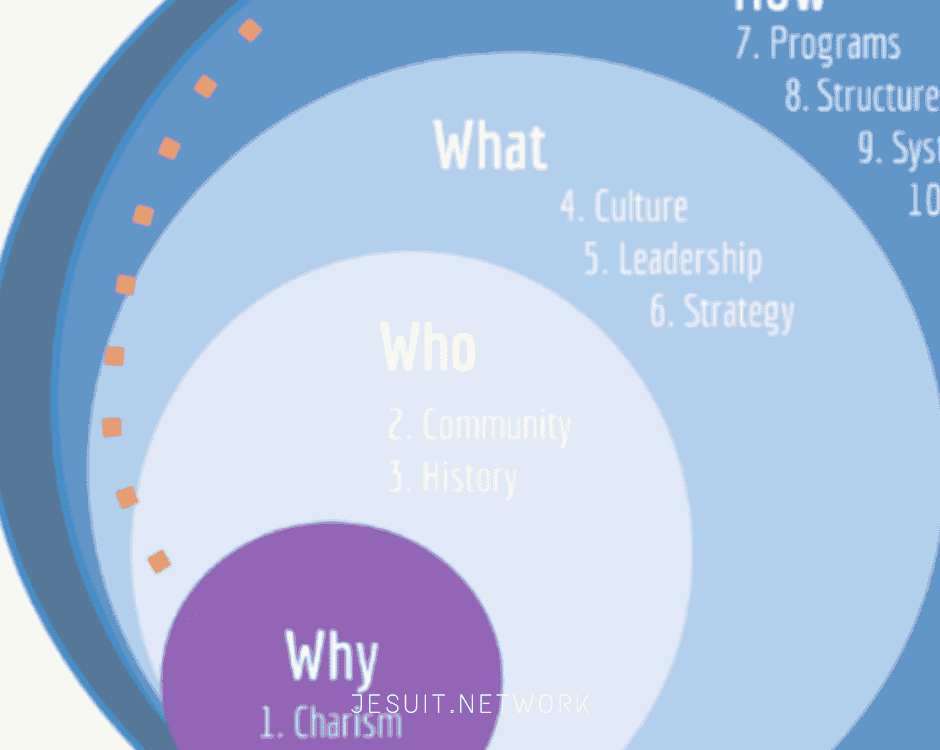This website uses cookies so that we can provide you with the best user experience possible. Cookie information is stored in your browser and performs functions such as recognising you when you return to our website and helping our team to understand which sections of the website you find most interesting and useful.
Big networks are shaped by key individuals
For a network of seemingly disconnected actors to function properly, intermediaries are essential.
Our apostolic work often calls for collaboration between very different types of actors – from conference governance, provincial leadership, sectorial networks, universities, NGO’s, local works… A recent study shows how for a network of seemingly disconnected actors to function properly and address complex issues, a heterogeneous broker – an individual who serves as an intermediary between two otherwise dissimilar actors – is essential.
Understanding the mechanisms behind such brokerage is central to understanding how interactions between very different actors can boost problem solving and facilitate the dissemination of resources among actor groups. In a paper published in Social Networks, focus on environmental networks, Jacob Hileman and Örjan Bodin along with Matthew Hamilton from the Ohio State University suggest a new statistical approach for evaluating heterogeneous brokerage. The authors illustrate the approach through examples from climate change adaptation initiatives around the Lake Victoria region of East Africa and water and sanitation programmes in Central America. Evaluation of heterogeneous brokerage can improve understanding of how different types of organizations act as intermediaries between members of environmental science and policy communities.

By studying how the networks and organizations collaborate with each other, the authors create a network of collaborative ties. Using a computational approach, they then quantify both activity, which indicates the influence of an actor based on its mediation of an important number of ties, and exclusivity, which indicates the structural importance of an actor in the network. Combining these two measures provides insights into the influence of different types of actors within a network, and the way in which resources such as information are transmitted from one actor to the other through an intermediary.
Perhaps this type of study will help us to understand the role that hybrid actors are playing in our international apostolic body that may be succeeding in generating the hybrid connections between networks, institutions and levels of governance that are apparently unconnected and yet end up being key to the success of collaborative projects. How to identify these actors and how to enhance their role is one of our pending challenges for the promotion of Jesuit collaboration. Conferences of provincials such as CPAL or apostolic secretariats such as Social are examples of ecosystems where these new hybrid actors are promoted and empowered, which usually do not fit into more classical hierarchies.
Link to the original article at the Stockholm Resilience Center
Link to publication
Request publication





